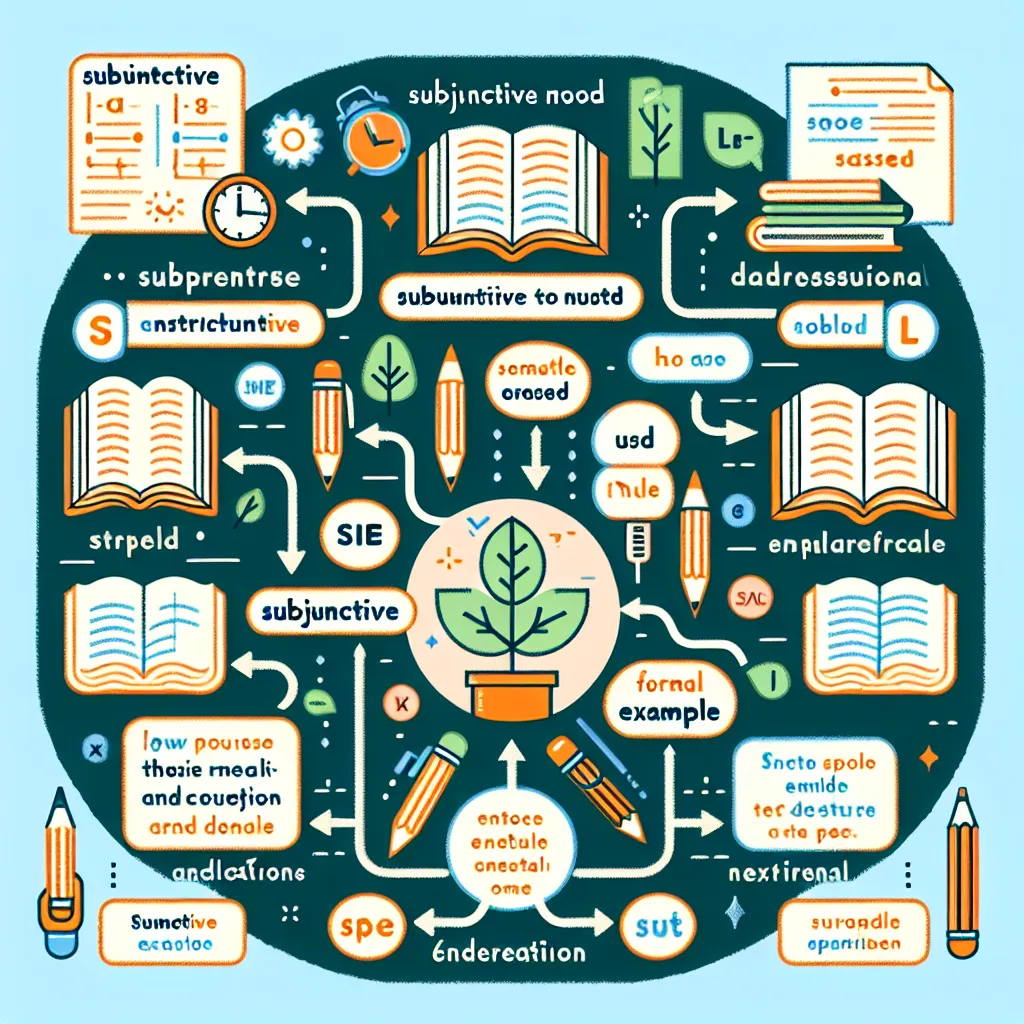Learning grammar can be a challenging task, especially when it comes to applying rules in real-life situations. However, by using authentic examples from everyday life, you can make the process more engaging and effective. This article will explore various methods to learn grammar through real-life examples, helping you improve your English skills in a practical and meaningful way.
Understanding the Importance of Real-Life Examples in Grammar Learning
Grammar is the foundation of any language, and English is no exception. While traditional methods of learning grammar often involve memorizing rules and completing worksheets, using real-life examples can significantly enhance your understanding and retention of grammatical concepts.
Why Real-Life Examples Are Effective
- Contextual learning: Real-life examples provide context, making it easier to understand how grammar rules are applied in everyday situations.
- Improved retention: When you associate grammar rules with familiar scenarios, you’re more likely to remember and use them correctly.
- Practical application: Learning through examples helps you bridge the gap between theory and practice, enabling you to use grammar confidently in your own communication.
 Real-life grammar examples
Real-life grammar examples
Strategies for Learning Grammar Through Real-Life Examples
1. Immerse Yourself in Authentic Materials
One of the most effective ways to learn grammar through real-life examples is by immersing yourself in authentic English materials. This approach allows you to see how grammar is used in context and helps you internalize the rules naturally.
Some excellent sources of authentic materials include:
- Newspapers and magazines
- Novels and short stories
- Podcasts and radio shows
- TV series and movies
- Social media posts and comments
By regularly exposing yourself to these materials, you’ll start to notice patterns in how grammar is used in different contexts.
2. Keep a Grammar Journal
As you encounter interesting grammatical structures in your daily life, make a habit of recording them in a grammar journal. This practice will help you pay closer attention to how grammar is used in real situations and create a personal reference for future study.
Follow these steps to maintain an effective grammar journal:
- Write down the example sentence or phrase.
- Identify the grammatical structure or rule being used.
- Explain why this structure is appropriate in the given context.
- Create your own sentences using the same structure.
For instance, if you come across the sentence “I’ve been living in New York for five years” in a conversation, you might note:
- Example: “I’ve been living in New York for five years.”
- Grammar point: Present perfect continuous tense
- Usage: Expresses an ongoing action that started in the past and continues to the present
- My sentences: “She’s been studying English since January.” / “They’ve been working on this project for months.”
3. Engage in Task-Based Learning
Task-based learning involves completing real-world tasks that require you to use specific grammatical structures. This approach helps you practice grammar in context while also developing other language skills.
Some examples of task-based learning activities include:
- Writing emails to friends or colleagues
- Creating a travel itinerary
- Describing a process or giving instructions
- Participating in online forums or discussions
For more ideas on how to incorporate task-based learning into your grammar study, check out our article on tips for mastering English through task-based learning.
4. Use Social Media for Grammar Practice
Social media platforms provide a wealth of real-life examples of English grammar in use. Follow English-language accounts related to your interests and pay attention to how they construct their posts.
Try these activities to learn grammar through social media:
- Analyze tweets for concise grammar usage
- Study Instagram captions for descriptive language
- Participate in Facebook groups or Reddit threads to practice your own grammar skills
Remember to be cautious, as not all social media content follows strict grammatical rules. Use reputable sources or verified accounts for the most accurate examples.
5. Learn Grammar Through News Headlines
News headlines are an excellent source of condensed grammar examples. They often use unique structures to convey information quickly and concisely.
Here’s how you can use headlines for grammar practice:
- Collect interesting headlines from reputable news sources.
- Identify the grammatical structures used (e.g., passive voice, present simple for future events).
- Expand the headlines into full sentences or paragraphs.
- Create your own headlines using similar structures.
For example, the headline “Scientists Discover New Species” uses the present simple tense to describe a recent event, which is common in news reporting.
 Grammar in news headlines
Grammar in news headlines
6. Practice with Real-Life Dialogues
Studying and recreating real-life dialogues can help you understand how grammar is used in conversation. This method is particularly useful for learning informal grammar and colloquial expressions.
Follow these steps to learn from dialogues:
- Find dialogues from TV shows, movies, or language learning resources.
- Transcribe the dialogue, paying attention to the grammar used.
- Analyze the grammatical structures and note any differences between formal and informal usage.
- Practice the dialogue with a language partner or record yourself.
- Create your own dialogues using similar structures.
For more tips on learning grammar in context, visit our article on how to learn English grammar in context.
Common Pitfalls to Avoid
While learning grammar through real-life examples is highly effective, there are some potential pitfalls to be aware of:
- Overgeneralizing: Remember that not all examples you encounter will follow standard grammar rules, especially in informal contexts.
- Ignoring formal grammar: While real-life examples are valuable, don’t neglect formal grammar study entirely.
- Passive learning: Simply exposing yourself to examples isn’t enough. Actively analyze and practice using the structures you encounter.
To avoid these pitfalls, combine your real-life example study with structured grammar lessons and regular practice.
Next Steps in Your Grammar Journey
Now that you understand how to learn grammar through real-life examples, it’s time to put these strategies into practice. Here are some next steps to consider:
- Set specific goals for your grammar learning, such as mastering a particular tense or structure.
- Create a study schedule that incorporates various real-life example sources.
- Find a language exchange partner to practice using grammar in conversation.
- Take an online grammar test to identify areas for improvement.
- Consider joining an English language learning community for support and additional resources.
For more advanced grammar topics, you might want to explore our article on how to improve your understanding of modal verbs.
Conclusion
Learning grammar through real-life examples is an effective and engaging way to improve your English skills. By immersing yourself in authentic materials, keeping a grammar journal, engaging in task-based learning, and utilizing social media and news sources, you can develop a more natural understanding of English grammar. Remember to combine these strategies with structured study and regular practice for the best results.
We encourage you to start implementing these methods in your grammar learning journey today. Share your experiences and any additional tips you discover in the comments below. Happy learning!




